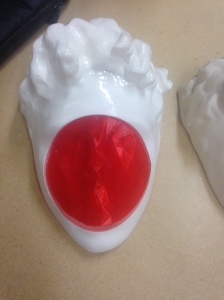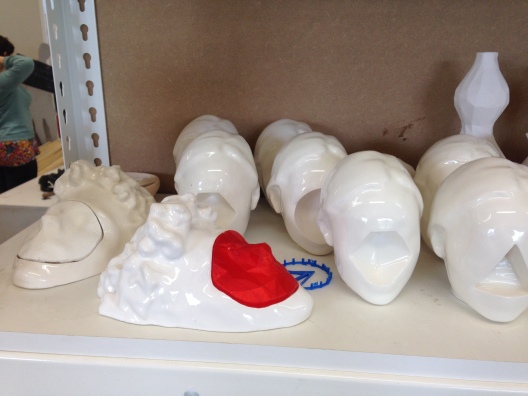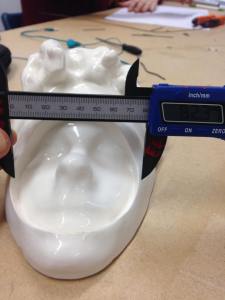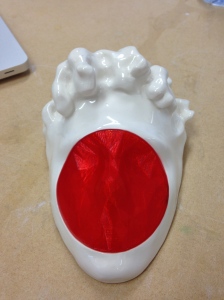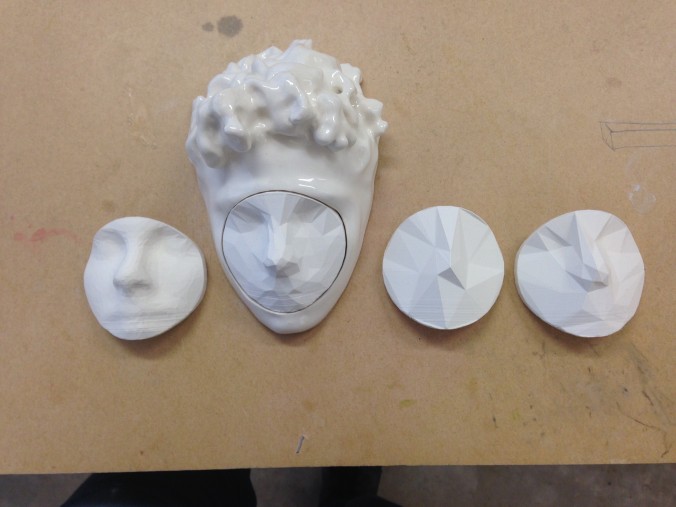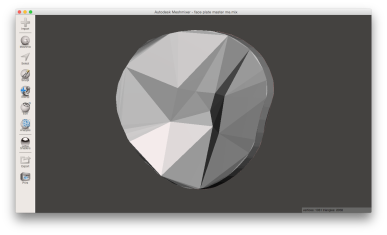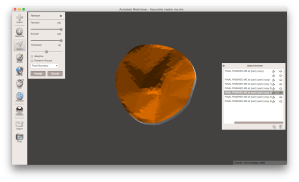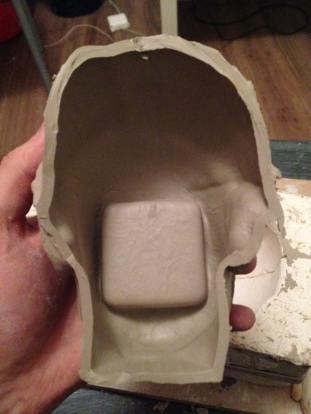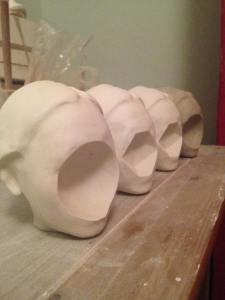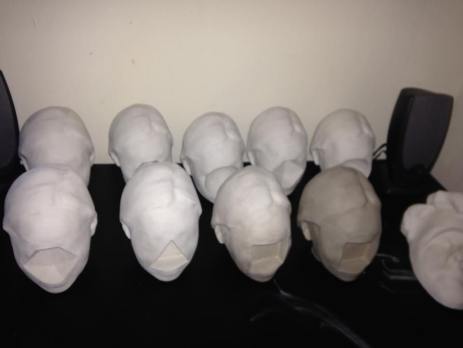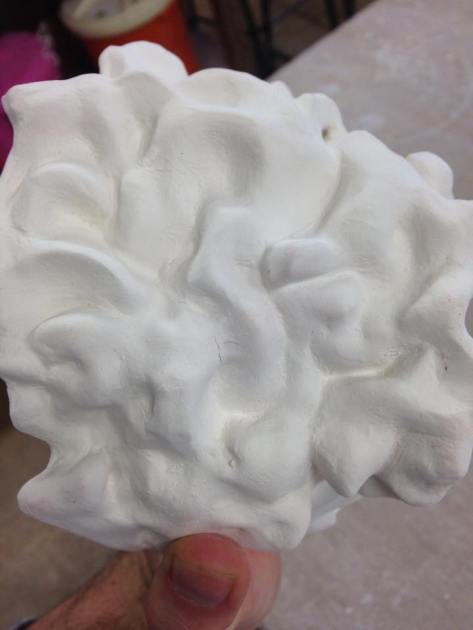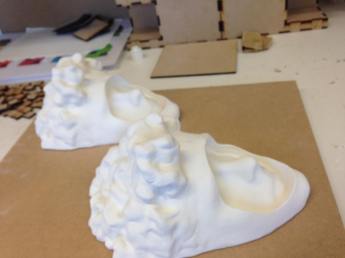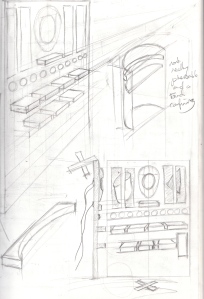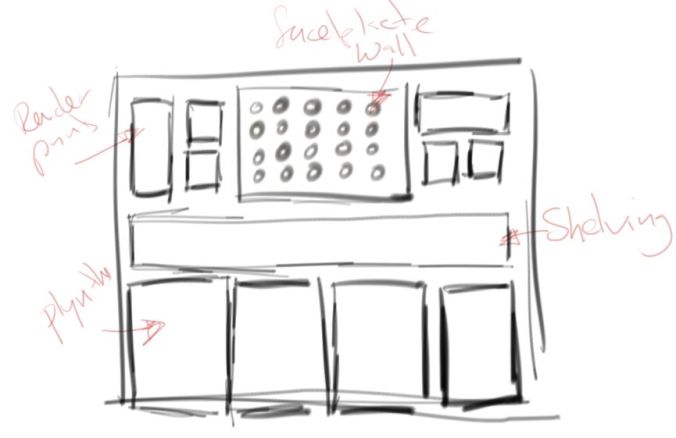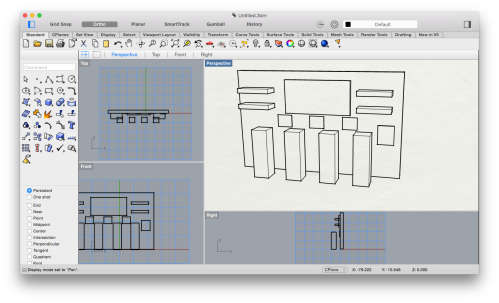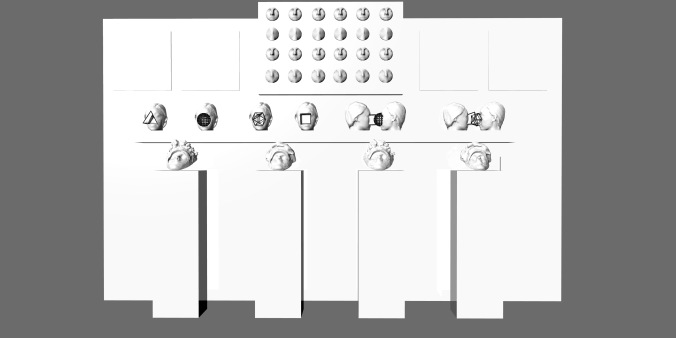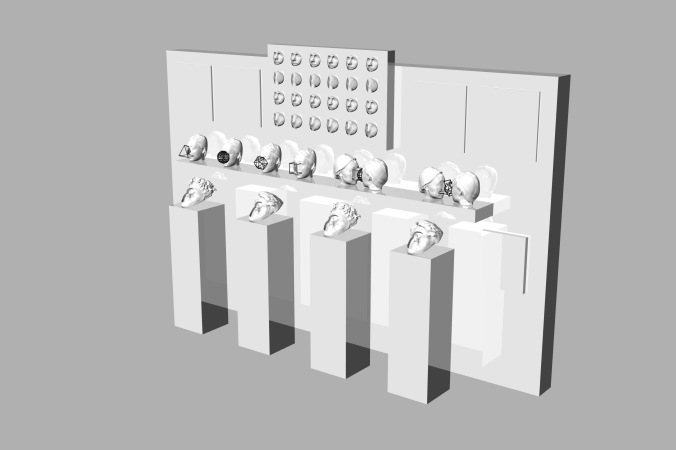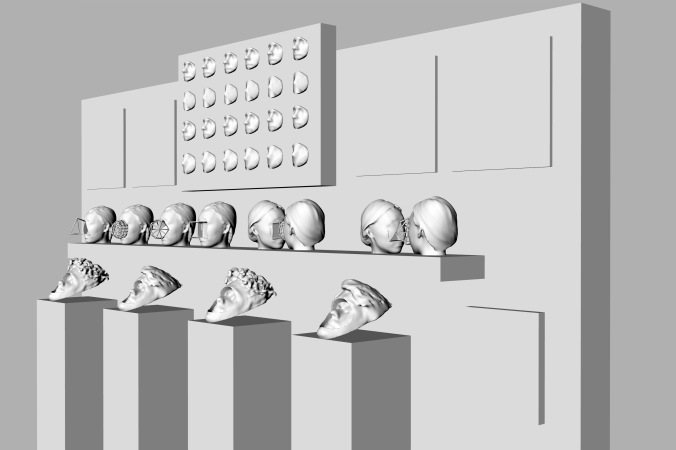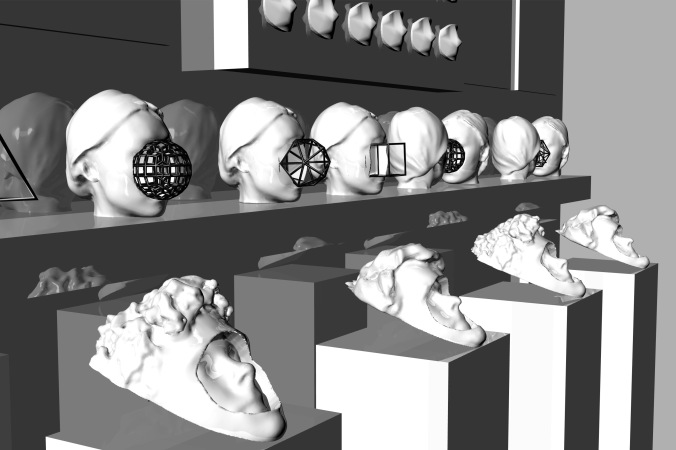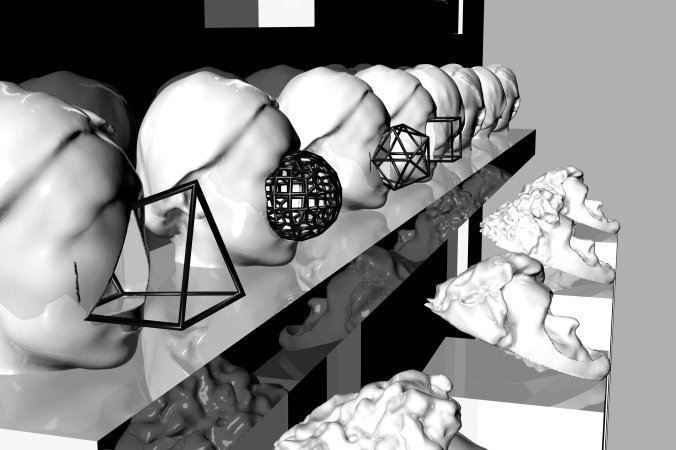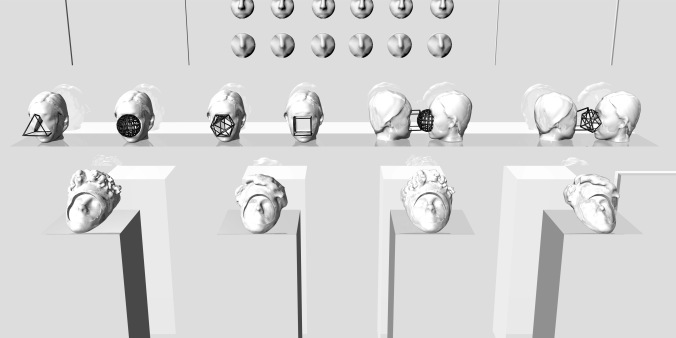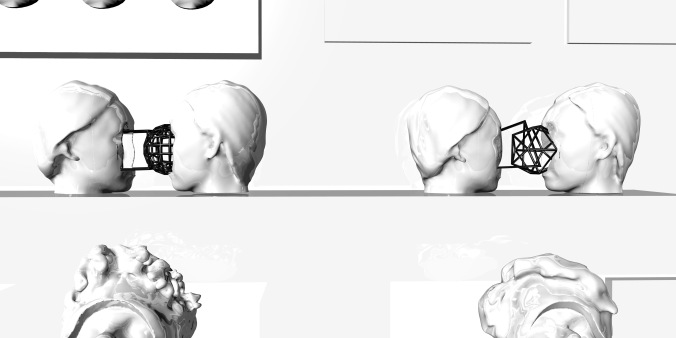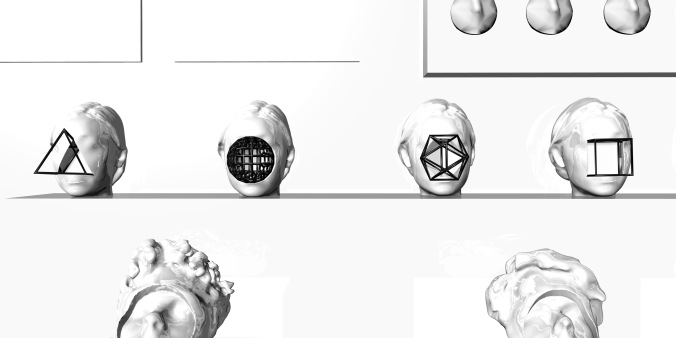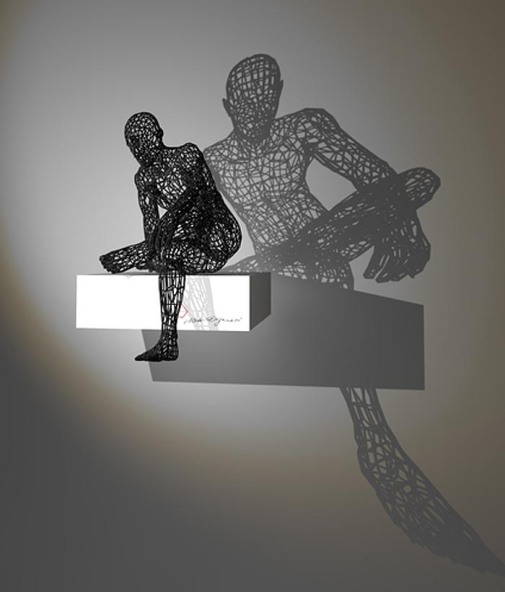I found some artists that I considered relevant and inspirational to my work and the concepts i am looking at.
Sterling Crispin
By utilising facial recognition and algorithms designed to pic out specific codes that make up the data a machine uses to recognise ones face. that compilation of data is exposed and turned back on the machine to essentially highlight whats really being seen. These meta faces these illusive characters are formed and create a rather amorphous mask structure that can be essentially viewed as mutations.
though i’m not looking at the idea masks as an art form, they are very unique and so intrinsically linked to the digital age, who we are and what is happening. this art is definitely in the same range as my own concepts.
http://www.sterlingcrispin.com/data-masks.html
Digital Identities 
These sculptures express how an analogue snapshot of complex digital identities can be presented. Based on four defined criteria all sculptures are comparable in their form, size and expression. generating those sculptures based upon the particles only, time is added as an underlying factor. these complex generations of a persons interest, communication habits and behaviours are expressed through 3d printing and suclpture.
the sculptures created are a unique snapshot of ones online identity.
http://digital-identities.com/concept.html
Eyal Gever
I find this work so interesting, simulations that are used to recreate conditions of real world disasters, natural or otherwise. Partical and physics simulations, are used to create the conditions of how the forms will change. its so interesting to view and explore his art and understand how these shapes in there most basic forms suffer under the weight of these conditions.
http://www.eyalgever.com/Installations
Looking at how digital matter changes forms is very similiar to how my own work decimates the faces and abstracts them from there original forms. this art is the next level, coding physics simulations, digital identity measurement. this is something that my work could evolve into.













